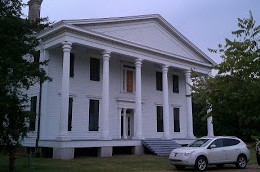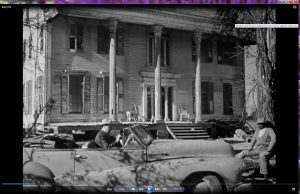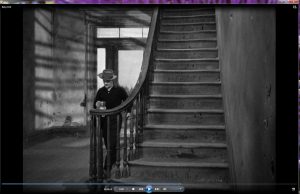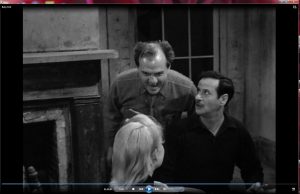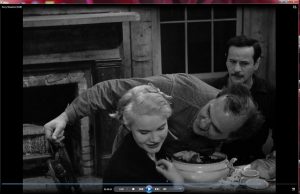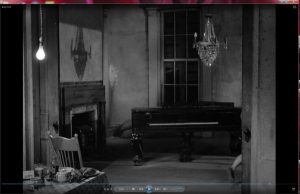Lakeport Explores the Delta: Hollywood Plantation, Benoit, MS

Last Tuesday my wife and I made a trip up to Benoit, Mississippi to see restoration work on Bolivar County’s last antebellum plantation home–The Hollywood Plantation (Burrus Home or “Baby Doll House”) .
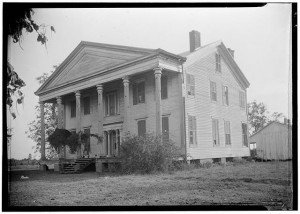 in 1936 as the “Burris House.” In 1936 the house was likely vacant, but, from exterior photos, in decent condition.
in 1936 as the “Burris House.” In 1936 the house was likely vacant, but, from exterior photos, in decent condition.Until just a few years ago, Hollywood was again a shell, as evidence from this 2005 photo in Flickr. Even the Corinthian columns added by the set designers were gone. (Correction– The Baby Doll movie seems to show original columns, so Corinthian columns were likely added later by the Bolivar Historical Society by whom, then? .)
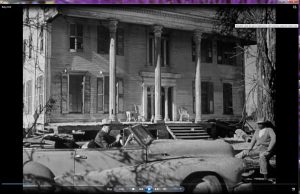
This image from the 1956 film Baby Doll seems to show the original Doric columns. It is not clear when the Corinthian order columns were added.
After our tour, we headed up the road to Rosedale for some great food at the Blue Levee.
If the history and restoration of the Burrus House interests you, then you should visit the Lakeport Plantation across the river in Chicot County, Arkansas. Lakeport is the last antebellum home in Arkansas along the Mississippi River. Click here to learn about visiting Lakeport.
Update (12/17/2012): The Hollywood Plantation opened to the public in June 2012. It is available for rentals and tours by appointment. We’ve had several groups schedule tours at Hollywood & Lakeport the same day. Visit their website — http://www.hollywoodplantation.com

